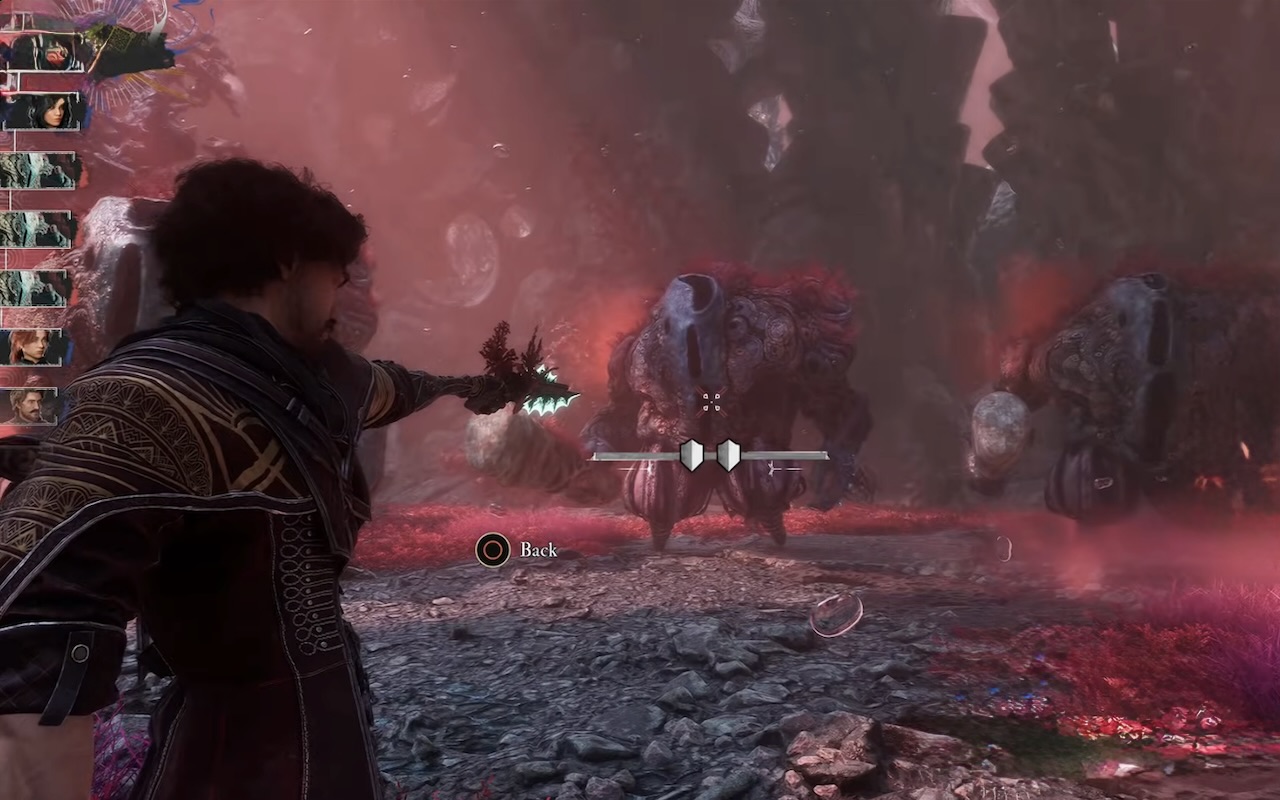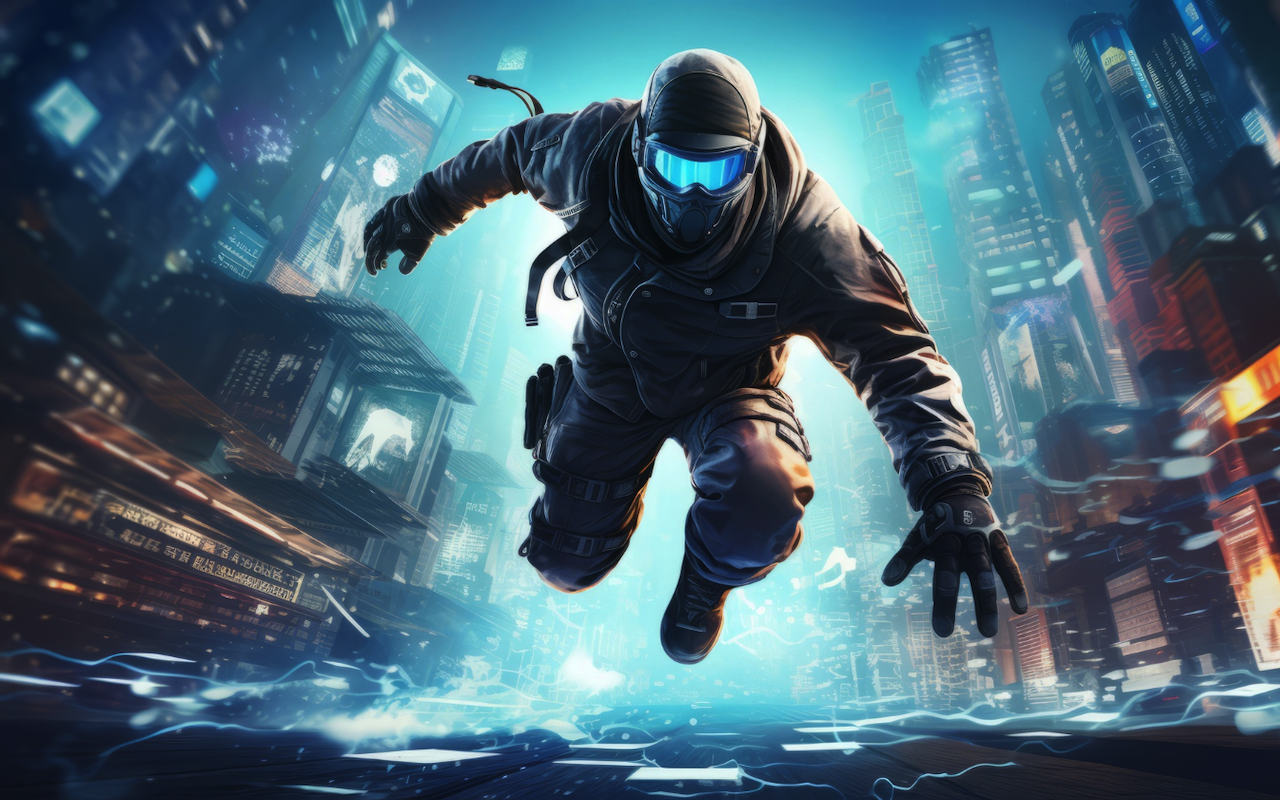
Turn-based RPGs have always thrived on strategy. From the early days of Final Fantasy to the stylish battles of Persona, the genre has been defined by how players think ahead, plan their moves, and outwit their enemies. But in recent years, we’ve seen a shift—these games aren’t just about mechanics anymore. They’re about mood, storytelling, and even philosophy. Enter Clair Obscur: Expedition 33, a game that treats combat less like a mathematical puzzle and more like a living poem.
Where Persona dazzles with vibrant colors and surreal dreamscapes, Clair Obscur drenches its world in oil-painted melancholy. Both franchises elevate turn-based combat beyond button presses, but they do it in radically different ways. And if you’ve ever considered grabbing a Clair Obscur: Expedition 33 Steam key, you’re essentially signing up for an RPG that asks: what if every battle felt like a piece of art?
Persona’s Flash vs. Clair Obscur’s Flow
The Persona series has always been about duality—balancing everyday life with otherworldly battles. Its combat is slick, stylish, and efficient. You’re rewarded for exploiting weaknesses, chaining attacks, and finishing off enemies with cinematic flair. The rhythm of battle feels like a perfectly choreographed pop concert, loud and exhilarating.
By contrast, Clair Obscur slows things down. It’s not about quick combos or splashy finishes—it’s about breathing with the flow of combat. Each move feels deliberate, as though you’re painting your next strike across the canvas of the battlefield. The mechanics borrow from the classics but add layers of timing and artistry that force you to think beyond numbers. Where Persona feels like jazz, Clair Obscur feels like a symphony.
Atmosphere as a Weapon
One of the biggest differences between the two is how they use atmosphere. Persona thrives on style—catchy music, neon colors, and surreal dreamworlds that amplify the tension of adolescence. The game makes you feel like you’re fighting through the chaos of youth itself.
Clair Obscur, meanwhile, leans into silence, stillness, and the dread of its oil-painted universe. The horror here is quiet and insidious. Even when you’re not fighting, you feel like the world is watching you, waiting for you to misstep. Every encounter is framed like a brushstroke, and the atmosphere becomes part of the combat. The beauty isn’t there to soothe you—it’s there to unsettle you.
When Turn-Based Becomes Poetic
What happens when RPG combat is treated less like math and more like art? You get games like these—experiences where mechanics reflect meaning. In Persona, the act of exploiting weaknesses isn’t just strategy; it’s symbolic of understanding people and their inner selves. In Clair Obscur, your timed actions and careful pacing echo the themes of mortality and inevitability. The systems don’t just support the story—they are the story.
This is where the “poetry” comes in. Every battle is a stanza, every mechanic a metaphor. Persona’s flash teaches you about identity and connection, while Clair Obscur’s flow makes you wrestle with the fragility of life itself. Both prove that turn-based combat isn’t old-fashioned—it’s evolving into something more emotional, more meaningful.
The Future of Poetic RPGs
In the end, comparing Clair Obscur to Persona isn’t about which one is better—it’s about how each pushes the genre in bold new directions. Persona brings heart-pounding style, while Clair Obscur offers haunting elegance. Together, they show us that turn-based combat can be more than strategy—it can be a kind of poetry.
For players curious to step into Clair Obscur’s haunting world of painted dread, you can pick it up at a discount on Eneba digital marketplace.




Comments (0)
No comment